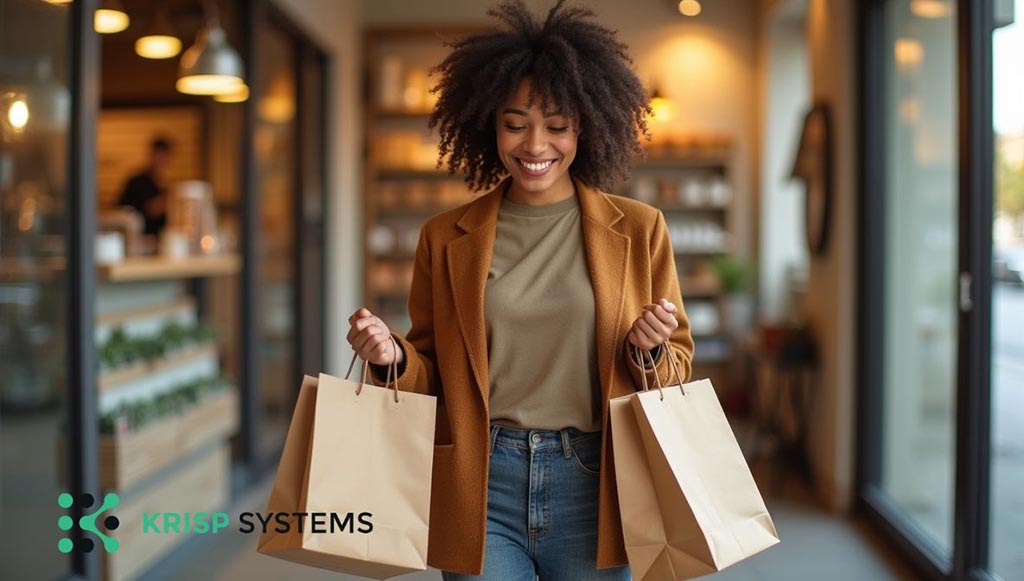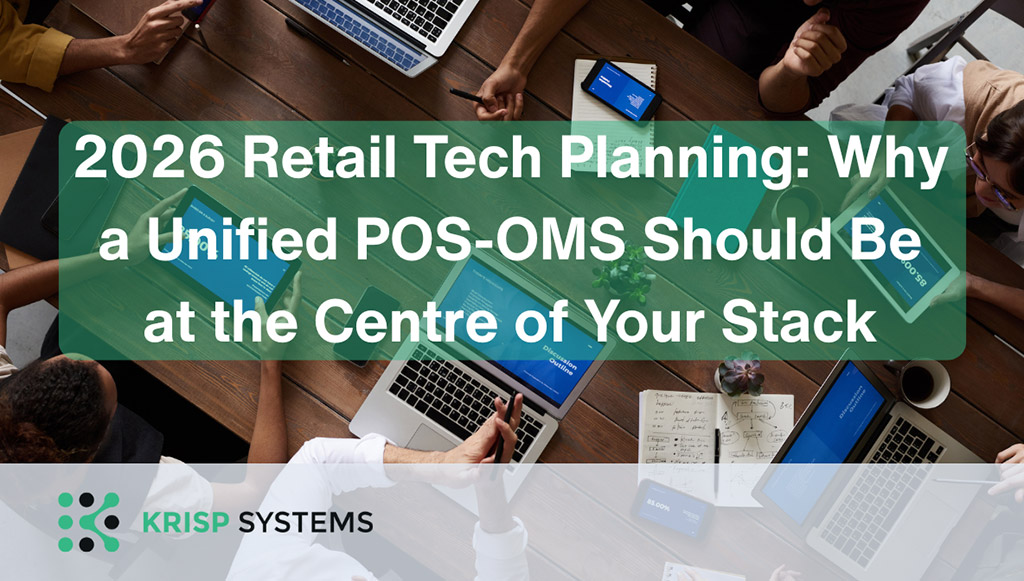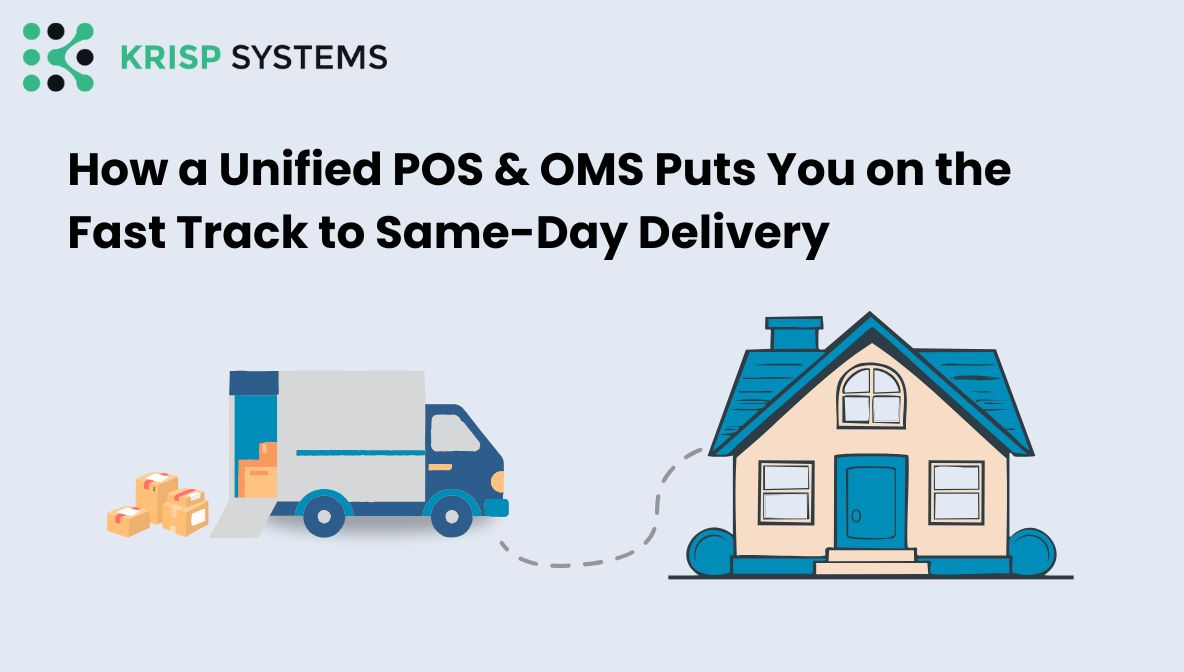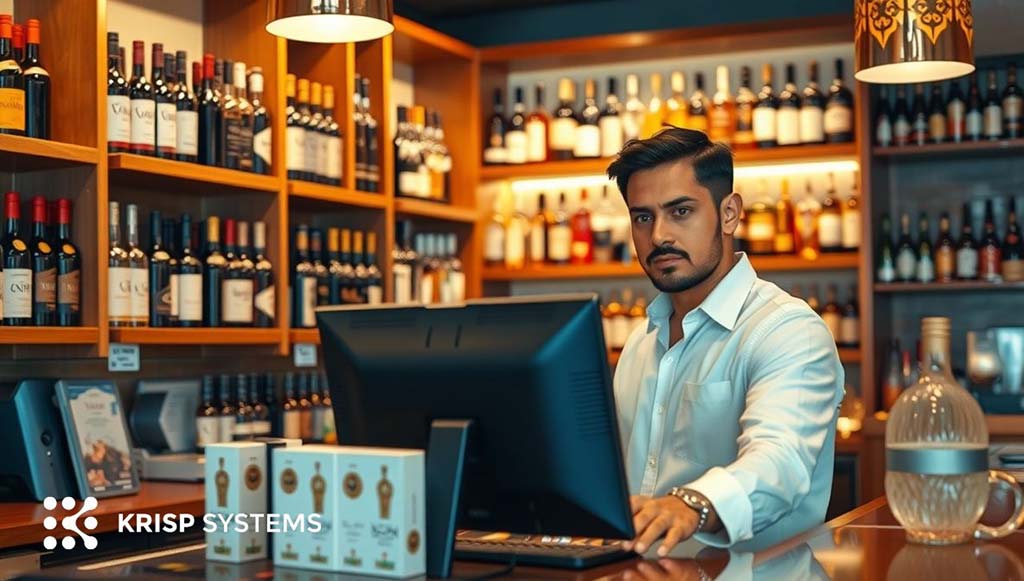Retail is changing faster than ever. Customers don’t just want products, they want speed, choice, and flexibility in how they buy and receive them. Price alone no longer wins. Today, delivery promises, in-stock availability, and return convenience can make or break a sale.
Australian retailers face a critical challenge. The line between online and in-store shopping has disappeared for the customer, but not for the retailer’s back-end systems. This disconnect is more than an inconvenience; it’s a direct threat to revenue and customer loyalty.
But what if you could erase that friction entirely?
The solution lies in a true omnichannel strategy built on two powerful, interconnected pillars: Mixed Fulfilment and the Endless Aisle. This is not just a theoretical model; it is a practical reality made possible by a truly unified POS & OMS software.
The Real Cost of a Disconnected Retail Experience
Let’s be honest. A customer journey that starts online and finishes in-store (or vice versa) is now the norm. When your systems can’t keep up, the fallout is significant.
A customer might find an item online but can’t confirm if it’s in their local store for pickup. Another may be in your store, ready to buy, only to find their size is out of stock, with no way to order it for home delivery. Each instance is a point of friction, a moment where a guaranteed sale turns into a potential loss. This isn’t just about disappointing a single customer; it’s about systematically capping your own growth potential.
The bottom line? A disjointed system actively works against you. This is precisely the problem a truly integrated software, like the Krisp Systems POS and Order Management System, is designed to solve.
Pillar One: Mixed Fulfilment – The Engine of Omnichannel Flexibility
The first pillar required to solve this problem is Mixed Fulfilment. This goes beyond standard shipping or in-store purchasing. It is the capability to handle a single transaction that includes multiple fulfilment types. Imagine a customer checking out once for an order that includes:
- An item they take home immediately (cash and carry).
- An item they order for home delivery (ship-to-customer).
- An item they reserve to pick up later (click and collect).
This is the future of retail convenience. Here is the data our analysis has surfaced on the importance of a flexible fulfilment and returns process:
- Customer Preference for In-Store: A majority of e-commerce returns, 59.5%, are made in physical stores, highlighting them as crucial hubs for the customer journey
- Financial Impact of Returns: Nearly a third (31.4%) of all retail return dollars originate from online purchases that are brought back to a physical location.
- Market-Wide Fulfilment Investment: The North American e-commerce fulfillment market is projected to be valued at $35.4 billion in 2025, underscoring the critical investment retailers are making in this area.
Strategic Insight: The data shows that customers already think in a “mixed” way; they simply want their product in the most convenient manner. By building a Mixed Fulfilment capability, you are not just adding features you, are aligning your operations with modern customer behaviour. This strategy transforms your stores into versatile assets that improve inventory turnover and boost operational efficiency, turning a logistical necessity into a competitive advantage.
Pillar Two: Endless Aisle – The Key to Unlocking Your Full Inventory
Mixed Fulfilment is the engine, but the Endless Aisle is the key that starts it. You cannot offer total fulfilment flexibility without total inventory visibility. The Endless Aisle provides just that, giving customers and staff access to your entire product catalogue across all locations.
It’s the definitive solution to “out of stock.” It merges the vastness of your online inventory with the personalised service of your physical store. Here’s what the data reveals about its impact:
- Direct Revenue Growth: Retailers implementing an Endless Aisle strategy can see sales increase by up to 30%.
- Enhanced Customer Engagement: Broader product access and personalisation capabilities lead to a 40% rise in customer engagement.
- Significant Efficiency Gains: By optimising inventory across the entire network, retailers can improve operational efficiency by 25%.
Strategic Insight: The Endless Aisle is the enabling technology that makes a sophisticated Mixed Fulfilment strategy possible. When a sales associate can see every product in every location, they are empowered to save any sale and construct the exact multi-part order the customer desires. This synergy is the core of a profitable omnichannel blueprint.
The Technology Behind the Blueprint: The Krisp Systems POS and OMS
These powerful strategies, Mixed Fulfilment and Endless Aisle are not just abstract concepts. They depend entirely on a single source of truth for all inventory, orders, and customer data. This is where the technology becomes the solution.
The Krisp Systems software provides this unified core. Our integrated Point of Sale (POS) and Order Management System (OMS) ensures that every sales channel is operating from the same real-time data. When an item is sold online, the inventory is updated instantly in every physical store. When a customer places a complex order in-store, the OMS seamlessly routes each part of the transaction for its specific fulfilment path. This elimination of data silos is what turns the blueprint into a reality.
Conclusion: Implement the Blueprint with Krisp Systems
The problem is clear: disconnected retail channels create friction and lost revenue. The solution is a unified omnichannel blueprint built on the strategic pillars of Mixed Fulfilment and Endless Aisle.
This integrated approach aligns your business with modern customer expectations, turning every point of contact into a seamless, profitable experience. Implement this blueprint in your business with Krisp Systems, the unified commerce platform designed to empower Australian retailers with the technology needed to thrive.
See Your Omnichannel Blueprint in Action.
Discover how the Krisp Systems POS and OMS can unify your inventory, sales channels, and fulfilment operations.
Schedule a Personalised DemoReferences:
Faster omnichannel order fulfillment for retailers | McKinsey
eCommerce Fulfillment Statistics (2025): Industry Data & Analysis
Embracing the Endless Aisle Concept for Retail Innovation
Average Retail Return Rate (2025 Data): eCommerce vs In-Store
Omnichannel retail operations with mixed fulfillment strategies




